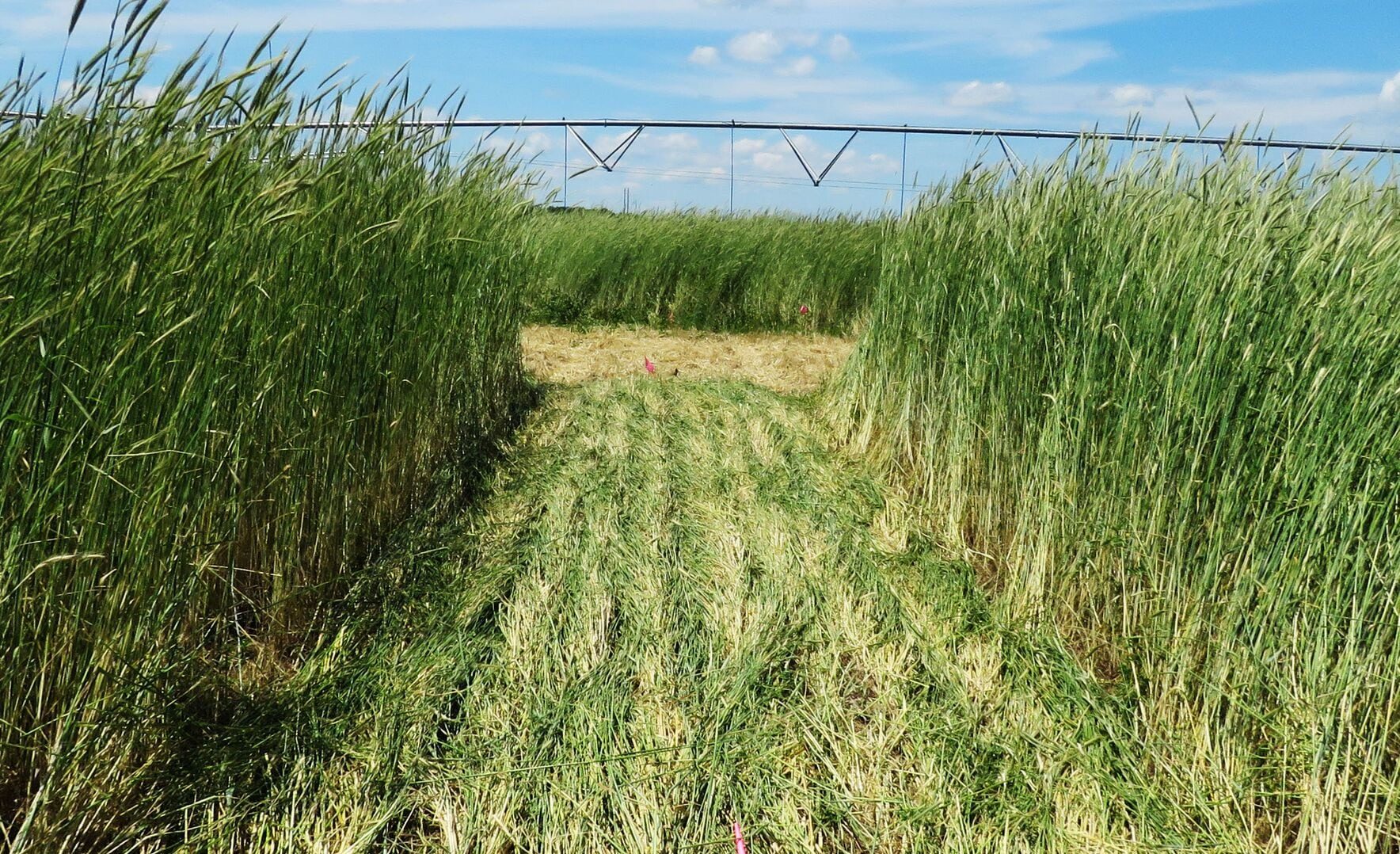Cover Crops

Black Oat
Avena strigosa: Black oat is a winter annual cereal that provides great weed control, especially against broadleaf weeds. Plant black oats in late September to October. It is an excellent cover crop for nematode and weed control. Black oats provide very good erosion control and also scavenge nitrogen very well. Heavy residues of up to 7,000 pounds per acre can be produced on land in the Southeast.
Download a Black Oat fact sheet.
Producers may also find information about use of black oat in the Coastal Plains area.
Cereal Rye
Secale cereale: Cereal rye, a winter annual cereal, provides up to 7,000 pounds of residue per acre that helps to control weeds and erosion, while conserving water and building soil organic matter content. Producers should plant cereal rye in late September to late November. It is an excellent cover crop for residue persistence, erosion control, and weed control. Cereal rye is also an excellent nitrogen scavenger. Furthermore, deep root channels allow for water and air movement under the soil.
Download a PDF with more information on cereal rye.
Oats
Avena sativa: Oats are a reliable, low-cost fall cover crop. Oats naturally suppress weeds and take up excess nutrients. Furthermore, the ground cover provides a nice mulch which protects the soil and is relatively easy to plant into. Plant oats in late summer and early fall. Broadcasting or overseeding will give the best results at a low cost. Producers can expect 2,000 to 4,000 pounds of residue per acre from late-summer/early-fall seeded oats, and up to 8,000 pounds per acre from spring oats.
Ryegrass
Lolium multiflorum: Annual ryegrass is an inexpensive, yet reliable and versatile cover crop. This crop grows in a variety of locations, assuming there is adequate moisture and fertility. Ryegrass has a dense, but shallow root system which improves water filtration and soil tilth. Producers can easily overseed ryegrass into corn, soybeans, and other high-value cash crops. Plant ryegrass in the fall because late seeding increases the likelihood of winterkill. Ryegrass produces anywhere from 4,000 to 8,000 pounds of residue per acre.
Ryegrass is a good cover crop for grazing. However, it is important to note that ryegrass has potential to become a weed problem. Some producers prefer not to grow ryegrass as a cover because it can be difficult to plant into and difficult to kill.
Sorghum-Sudangrass
Sorghum bicolor x S. bicolor var. Sudanese: Sorghum-Sudangrass is a tall, fast-growing, heat- and drought-tolerant summer annual. Plant sorghum-sudangrass during spring and early summer. This summer annual smothers weeds and suppresses nematode activity. In addition, it is an excellent cover crop for compaction reduction, nitrogen scavenging and erosion control.
Download a PDF to learn more about sorghum-sudangrass.
Winter Wheat
Triticum aestivum: Winter wheat is a winter annual cereal widely grown in the Southeast. Plant winter wheat in early October to early November. Early planting is better. It is relatively easy to grow and an economical choice for producers. Winter wheat is also a good cover for someone who is beginning to use cover crops. Winter wheat is a very good cover crop for residue persistence, erosion control, and weed control. It is also very good for forage quality and as a nutrient scavenger. Producers growing wheat for cover, as well as growing wheat for grain will need to think about Hessian fly issues.

